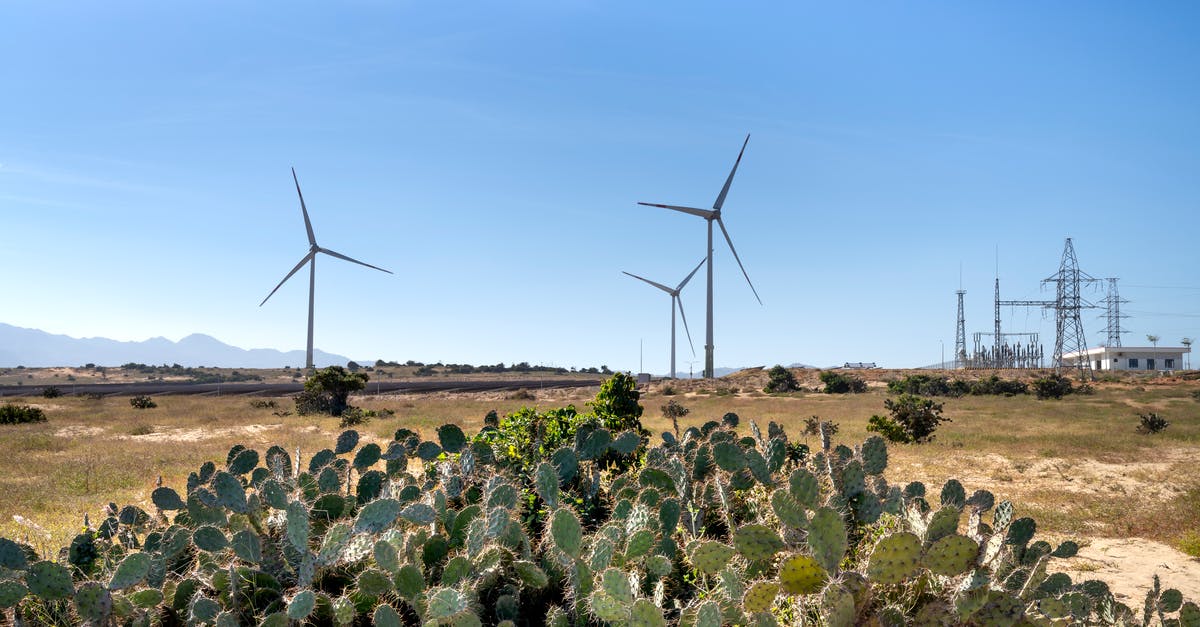Why did Blade Runner deviate from the source novel so significantly?

In Philip K. Dick's novel 'Do Androids Dream of Electric Sheep' there are key aspects of the plot of the novel that are completely excluded from Blade Runner, including:
That animals have almost died out, and people keep one or more animals as pets, including farm animals. This feeds into the elements of empathy and the Voigt Kampff test.
That many people in the world follow a technological religion - Mercerism - where people commune with an enigmatic figure through a virtual reality device called an 'empathy box'.
That a shadow Police force exists in L.A. almost entirely staffed by replicants, and that they use an entirely different test for human/android. A blade runner from that outfit directly wonders which one of them (Deckard or himself) are real.
In the novel, LA and indeed most of the planet is now vastly underpopulated, which is another reason why people use empathy boxes and pets to make themselves feel part of a community. This is hinted in the movie in the scenes where J.F.Sebastian lives in a deserted condo, but many of the street scenes and bars are very crowded.
Why did the writers and Ridley Scott exclude these aspects of the original source material, despite them being core to the plot of the novel.
Best Answer
Lots of reasons:
Books and movies are different art forms - direct and strict conversions from one form to the other rarely work (unless they have large fan bases, such as LoTR, Harry Potter, etc).
The movie was written and re-written several times by several screen-writers. You can imagine they all brought their own visions and ideas to the screenplay.
Direction - Ridley Scott also brought his own vision to the project, plus if you read about the production you will see it was full of conflict between him, the producers, the financiers, the designers and the shooting crew.
Budget - again, many choices of shot and setting were due to limited budget. They had a tiny studio based set, which forced him to shoot at night, use lots of smoke and rain, close shots of crowded streets to hide the fact they were reusing the same area continually.
There are a couple of mentions about how rare animals are - the artificial snake - "you think I'd be working here if I could afford a real snake?" and the owl at the beginning. Again, it would be hard to make this a real theme of the movie, and lets face it, it's a bit all over the place in terms of plot and theme (heresy alert).
Avoiding religion in what was supposed to be a mass market movie was probably an easy decision...
While none of these things demanded the themes you mention being dropped, you can see the environment in which the film was created made it likely significant divergences from the source material likely.
Pictures about "Why did Blade Runner deviate from the source novel so significantly?"



Why is Blade Runner so different from the book?
The most notable difference between the novel and the film is probably the absence of the term \u201cblade runner.\u201d The movie title was actually inspired by the name of a 1979 William S. Burroughs novella, however in the book, Deckard is simply referred to as a bounty hunter. The word \u201creplicant\u201d never shows up either.Are Do Androids Dream of Electric Sheep and Blade Runner the same book?
(retitled Blade Runner: Do Androids Dream of Electric Sheep? in some later printings) is a dystopian science fiction novel by American writer Philip K. Dick, first published in 1968.Why did they change the name to Blade Runner?
'\u201d It was the title of a book by Beat Generation author William S. Burroughs \u2014 \u201coddly enough,\u201d Scott said, called Blade Runner: A Movie. The team got permission from Burroughs to use the name, and after that, \u201cit just stuck, because it was fun.\u201d But the real story of Blade Runner starts several years earlier.What is the message of Blade Runner?
The main issue Blade Runner deals with is what it means to be human. Rachael, although she is in fact a replicant, firmly believes that she is human and that all the memories she has are hers until she finds out otherwise. This raises an interesting question: How do we know that any of the memories we have are real?Rutger Hauer and Blade Runner - \
More answers regarding why did Blade Runner deviate from the source novel so significantly?
Answer 2
Ridley Scott wanted to tell a story that was tightly focused on the two key players, Deckard and Rachael, and - if you accept his more recent comments - to make it a love story.
His 21st century director's cut certainly plays up the love angle, which is far more iconic and of far broader appeal to an audience than a routine sci-fi shoot-em-up (which was basically what the original cinema release amounted to).
Although the three points you identify as being omitted from the screenplay are interesting concepts, in terms of Philip K Dick's dark vision of the world in the 21st Century, in terms of the movie all three points amount only to padding.
They do not bear directly on Deckard's hunt for the missing replicants, but are merely incidental aspects that seek to explain or expand on the world-setting within which the hunt takes place.
They do not have any direct connection with the love story, as Deckard begins to fall in love with Rachael. She is probably - depending on which cut of the movie you watch - unaware that she is not human, which engages Deckard's initial sympathy for her.
Therefore the three points in question are not necessary in order to tell the story of Deckard's investigation. A movie must concentrate only on essentials, because otherwise it quickly loses focus.
This movie in particular, which has more re-edited releases than almost any other in film history, desperately needs to retain its focus and concentrate its limited screen time on the key element of the storyline: which is a 21st century re-make of the movie "Love Story".
Answer 3
I cannot speak definitely but it might be that Ridley Scott wanted to tell a slightly different story or thought he could tell it in a better way?
Also, bear in mind that books and films are very different media. What makes an exciting book might not work if translated directly to film due to pacing, audience expectations etc.
The hunt for Red October is a good example. The climax in the book was very good but would have translated poorly to film and they opt for more of a shoot out rather than a psychological battles of wits against the sabatuer.
Sources: Stack Exchange - This article follows the attribution requirements of Stack Exchange and is licensed under CC BY-SA 3.0.
Images: Quang Nguyen Vinh, Quang Nguyen Vinh, Quang Nguyen Vinh, Quang Nguyen Vinh
